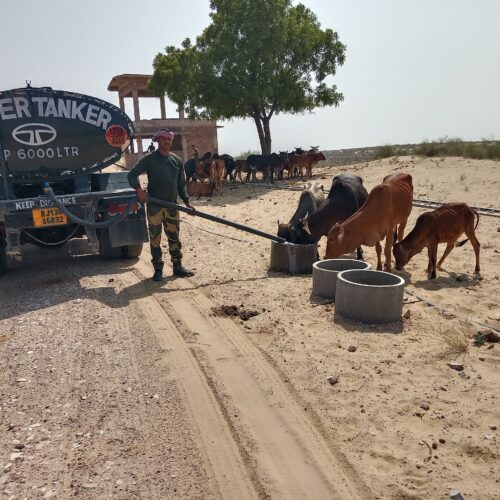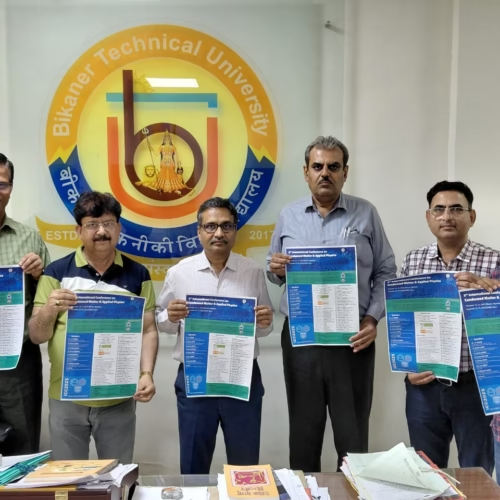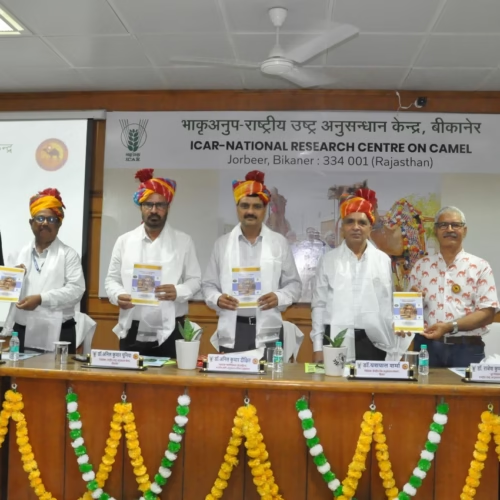Russian Nuclear Power Plant to Be Delivered to the Moon Between 2033-2035
Moscow: In a groundbreaking step towards lunar colonization, Russia has announced plans to deliver a nuclear power plant to the Moon between 2033 and 2035. This initiative is part of the country’s ambitious space exploration program, which aims to establish a permanent human presence on the lunar surface.
The announcement was made by Roscosmos, the Russian state space corporation, which is spearheading the project in collaboration with key scientific and engineering institutions. The lunar nuclear power plant, called the Luna-25 Reactor, will serve as a sustainable energy source for future lunar bases and robotic missions, ensuring the uninterrupted operation of equipment and life-support systems in the harsh lunar environment.
Project Overview
The Luna-25 Reactor will utilize advanced nuclear technology designed to operate in extreme conditions. Unlike traditional power systems dependent on solar energy, the nuclear plant will provide consistent power throughout the Moon’s two-week-long nights, when sunlight is unavailable.
According to Roscosmos, the reactor will have a capacity of approximately 200 kilowatts, sufficient to power scientific instruments, communication systems, and habitat modules. The plant will be modular, allowing for expansion as lunar operations grow.
The design incorporates robust safety measures to prevent radiation leaks, even in the event of a meteorite impact or other lunar hazards. Russian scientists have drawn from decades of expertise in nuclear technology to ensure the reactor’s reliability and environmental safety.
Key Objectives
The nuclear power plant will play a crucial role in achieving several strategic objectives:
- Permanent Lunar Base: The plant will power Russia’s planned lunar base, supporting long-term human habitation and scientific research.
- Scientific Research: It will enable advanced research on lunar geology, resource extraction, and the development of technologies for interplanetary missions.
- Global Collaboration: Russia aims to strengthen international cooperation by inviting other nations to use the facility for joint lunar exploration projects.
Timeline and Challenges
The timeline for the project is as follows:
2025-2027: Finalization of reactor design and testing of critical systems.
2028-2032: Development and assembly of the reactor, along with the construction of lunar delivery systems.
2033-2035: Launch and deployment of the reactor on the Moon’s surface.
However, the project faces significant challenges, including the high costs of development and the complexities of transporting heavy nuclear equipment to the Moon. International regulations on space-based nuclear systems and geopolitical tensions could also impact the timeline.
Global Implications
This development comes as nations and private companies race to establish a foothold on the Moon. The United States, China, and European nations have also announced plans for lunar exploration, with a focus on sustainable energy solutions.
Russia’s decision to invest in nuclear technology highlights its determination to remain a leader in space exploration. If successful, the Luna-25 Reactor could set a precedent for future extraterrestrial power systems, paving the way for Mars missions and beyond.
Expert Opinions
Dr. Sergei Ivanov, a senior scientist at the Kurchatov Institute, emphasized the importance of nuclear power for space missions. “Solar energy has limitations, especially on the Moon. Nuclear reactors are the only viable solution for continuous and reliable power,” he said.
Meanwhile, critics have raised concerns about potential risks. “Space-based nuclear systems must be foolproof. A single accident could have catastrophic consequences,” warned Dr. Elena Petrova, an environmental scientist.
Conclusion
Russia’s plan to deploy a nuclear power plant on the Moon represents a bold step in humanity’s quest to explore and colonize outer space. As the project progresses, it will undoubtedly shape the future of space exploration and international cooperation in the decades to come.

















Add Comment